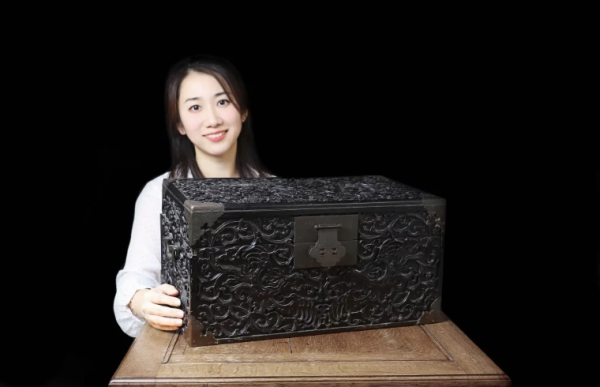Login
Login
Sign Up
Forgot Password?
This NFT art gallery rivaling the Louvre is backed by a Malaysian company
- Jan 05, 2022

With NFTs being the current talk of the town, individuals and companies alike are trying to be part of the movement, utilising the concept in their own way.
Malaysia based global creative ecosystem, Inmagine Group (Inmagine), has added a new NFT project to its portfolio.
Called Pixlr Genesis, it’s rolled out by the design and photo editing software suite, Pixlr, which was acquired by Inmagine in 2017.
The concept is this: to build a virtual, decentralised art gallery on the metaverse that can rival the Louvre and Museum of Modern Art (MoMA).
An ambitious project, we spoke to Inmagine CEO, Warren Leow, to get a better understanding of how it’ll achieve those goals.
Like most other NFT projects, the first step is to create an interested, passionate community around its goals by releasing NFT collections. Pixlr Genesis is currently at this stage.
Its inaugural collection consists of 10,000 unique, AI-generated NFT art pieces, and the first wave of 2,000 pieces was put on sale on December 1, 2021, for 0.15 ETH (about RM2,390 at the time of writing) each.
The remaining 8,000 pieces will be dropping across the next 24 months, with prices being raised in each subsequent wave.
Each Pixlr Genesis NFT will entitle holders to additional drops and benefits, and serves as a limited slot to display a piece of art within the decentralised art gallery.
Being virtual, the advantage is that the art gallery can be viewed from anywhere in the world by anyone. Being decentralised means that the community of Pixlr Genesis NFT holders (consisting of the general public) can curate the gallery’s art for the rest of the public.
Once one is a holder, the art in their personal collection can be shared, curated, or auctioned as they wish.
When a holder auctions off a piece in their collection, Pixlr Genesis will collect 25% of the sale in secondary royalties to reinvest in the ecosystem.
Warren added that this means acquiring new art and building platforms to support new artists to grow the Pixlr Genesis collection.
Something about this project that caught my eye was the fact that the first collection of NFT art pieces is entirely AI-generated.
Pixlr Genesis’ proprietary AI was given data sets that spanned classical and contemporary styles and artists. It drew inspiration from Van Gogh, Warhol, Impressionism, and Cubism, extrapolating elements from classical art to create the initial collection.
But I thought that the community usually presented NFTs as a way to give artists more control over and better returns for their art, so why was AI taking over in this aspect too?
Warren clarified, “The AI-generated art is just a new medium for expression based on a certain degree of randomness and interpretation.”
“However, the key thing to note is that the AI-generated art here doesn’t replace the artists, but rather functions as a utilitarian pass to allow human artists to display their work in the museum eventually.”
Once the community begins creating their own art, they can use Pixlr Mint, an upcoming tool, to mint their NFTs.
Warren was unable to give a specific cost of gas fees though, stating that they would be subjective to network congestion and network choice, but the site will attempt to give minters multiple options.
As an unregulated sector, NFTs have seen their fair share of issues, with one example being the “rug pull” stunt.
It was where an artist on NFT marketplace OpenSea exchanged the original images that collectors thought they were purchasing after the sale was concluded, simply to prove a point about the arbitrary value of NFTs.
Despite this risk, Pixlr Genesis won’t be playing the role of policing secondary sales, Warren clarified. Instead, he suggested, “With so many rug pulls and scams out there, we recommend collectors to only mint from Pixlr Genesis where the provenance is assured.”
“We are not in a position to help verify third-party collections, but the provenance of every single Pixlr Genesis NFT is easily proven through our smart contracts,” he added.
As Pixlr Genesis is using Ethereum as a backbone, each step of every transaction can be traced using tools such as Etherscan, and is verifiable publicly by anybody.
This mitigates some risk for collectors, but only to a certain extent. What may give collectors peace of mind with Pixlr Genesis, however, is the fact that an established company is behind all this.
Thus, the collections and promised future drops have more legitimacy to them compared to an NFT project created by completely anonymous people.
That being said, there are still 2 golden rules to practice when dealing with NFTs or crypto: do your own research, and don’t invest anything more than you can afford to.
This article was extract from vulcanpost.com
Latest News
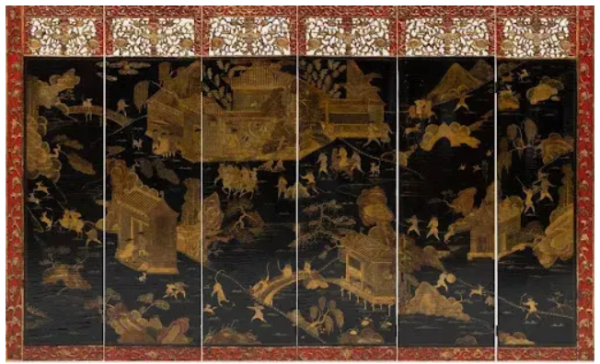
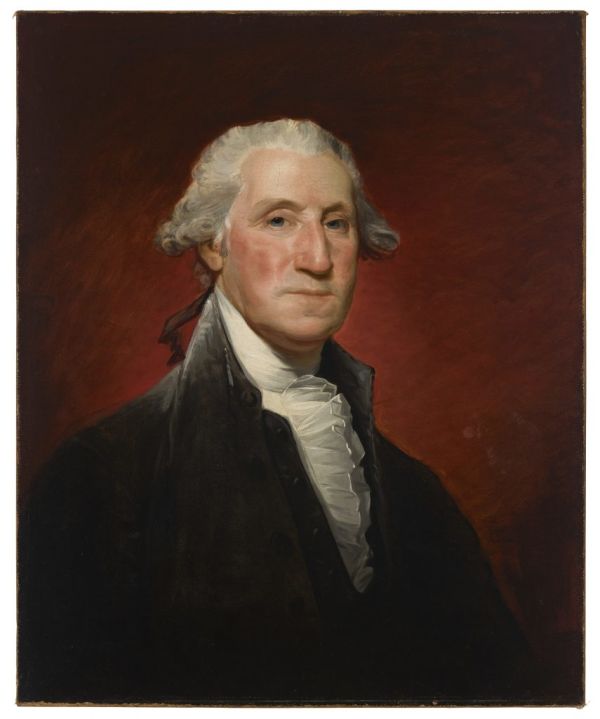
The Met Is Selling a George Washington Portrait to Fund Its New Acquisitions
By Adam Schradee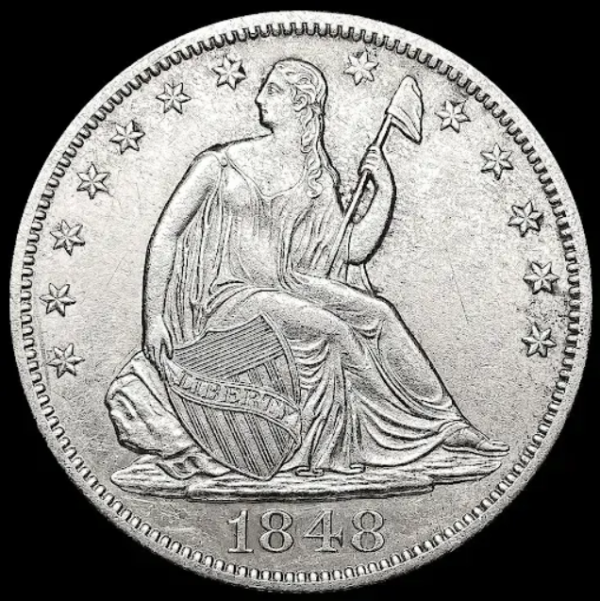
Evolution of American Coinage: From Liberty Heads to Saint-Gaudens Double Eagles
By Liz Catalano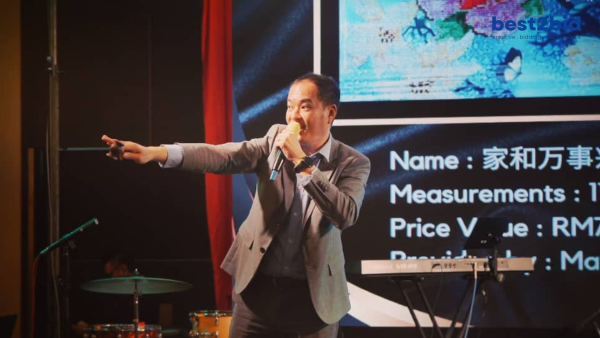
Become An Expert In 2 Minutes: Exploring the Special Straits Chinese Collection
By Andy Penders
